In 1930, Houston had a population of 292,352. The city was still growing despite the stock market crash. In 1930, a dozen skyscrapers were completed, including the Sterling Building. The modernization of downtown continued in 1931 with the demolition of the Hotel Brazos and a house built in 1841 at Louisiana and Prairie. The Turning Basin’s infrastructure was improved with more dredging east of Harrisburg and new docks. Several roads were paved during this period. There was a rise in air travel as new services between Houston and Atlanta began. Four significant downtown buildings were auctioned off during the Depression, despite this economic activity. Floods hit the city in December 1935, causing over $1 million in property damage and killing six people. Texas and Houston celebrated their centennials in 1936.
In 1931, Jesse H. Jones led local bankers to pool their resources to save weaker banks. Despite this, building activity in the private sector declined during the worst part of the Great Depression in 1932 and early 1933. A new Houston City Hall and the Lamar High School were constructed with assistance from the Reconstruction Finance Corporation and the Works Progress Administration during the mid-1930s. Commercial and passenger facilities at Houston International Airport expanded during the 1930s, and Braniff, Eastern, and Southern airlines all offered regular flights by 1941.










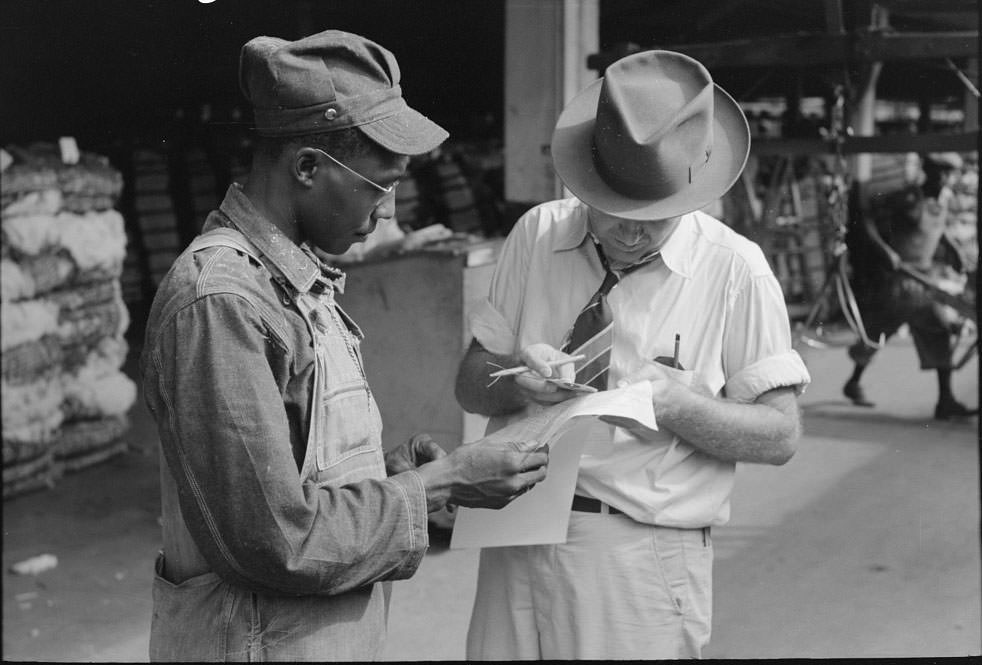








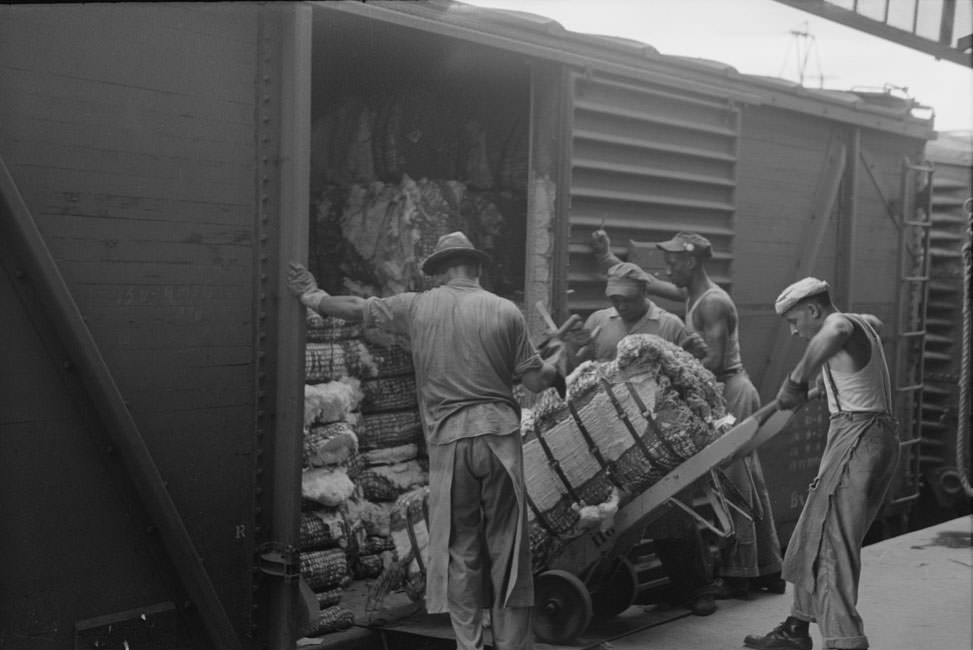



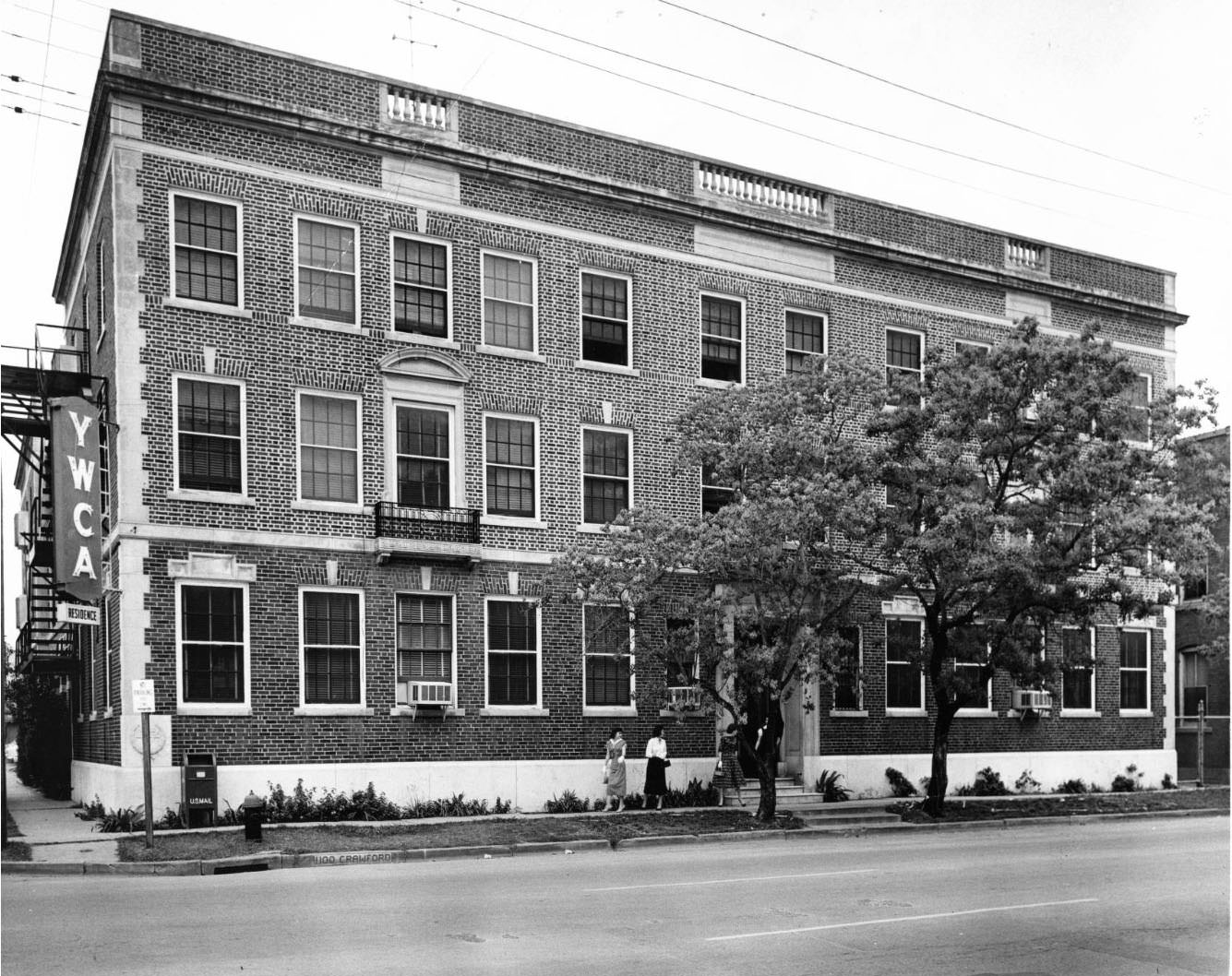



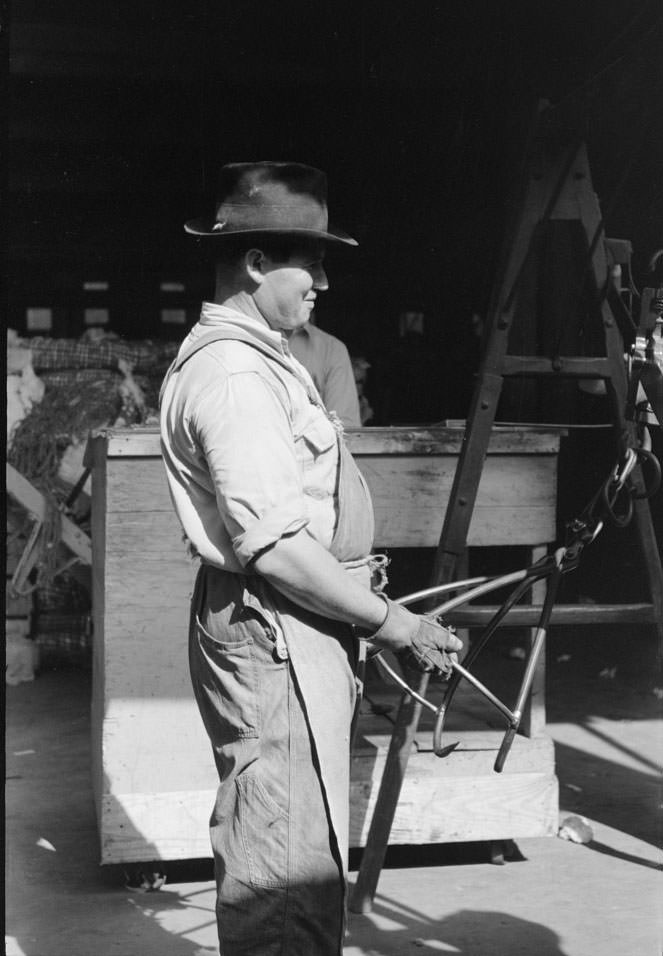




![Along the banks of the Port of Houston are several crushing plants for oyster shell. Oyster shell products are used for cement, roads and fertilizer. Houston, Texas]](https://www.bygonely.com/wp-content/uploads/2021/09/Houston_1930s_18.jpg)








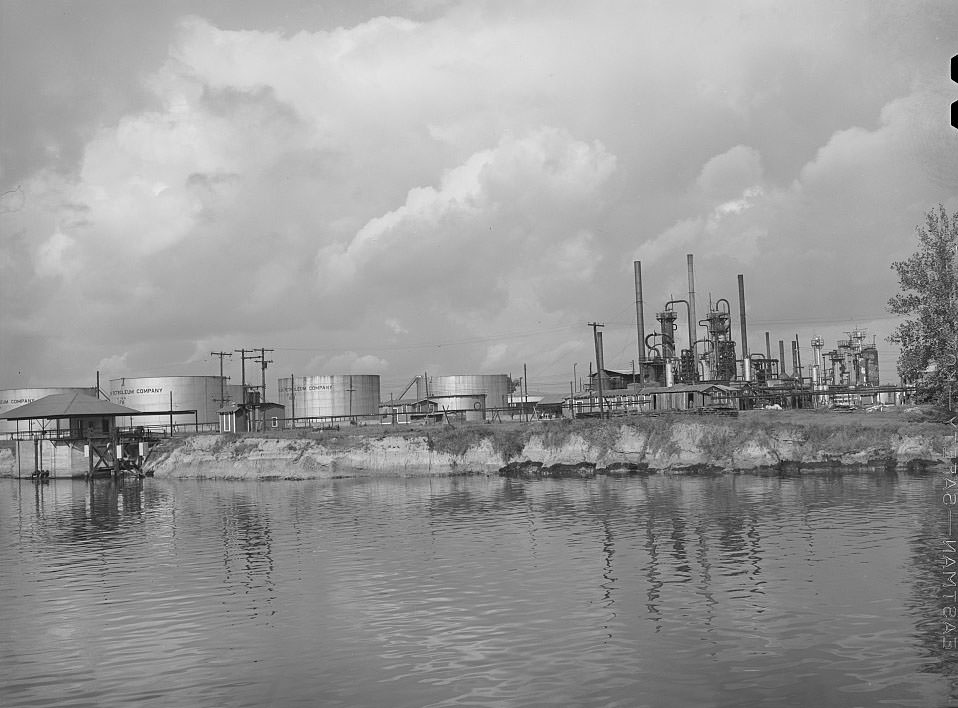















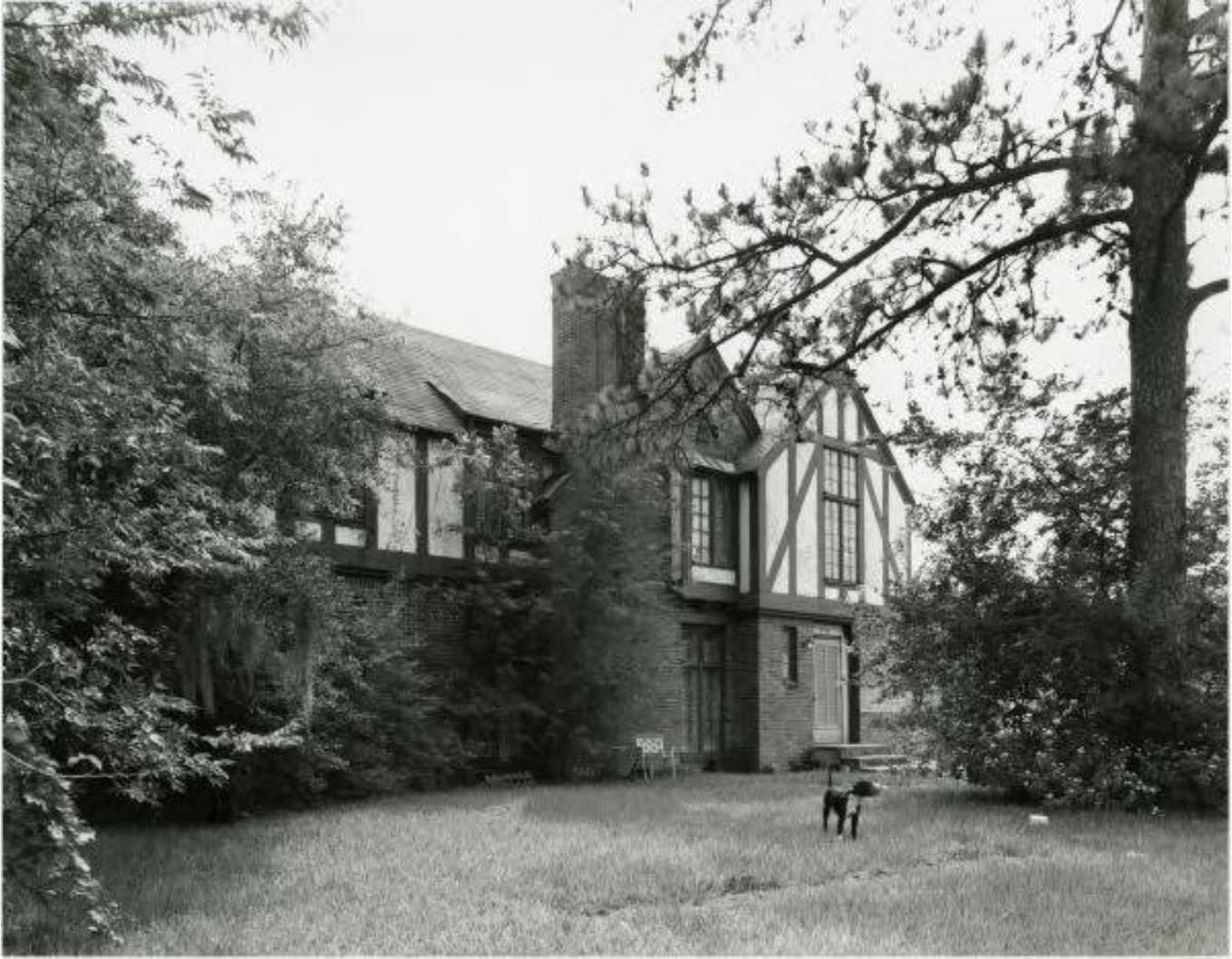
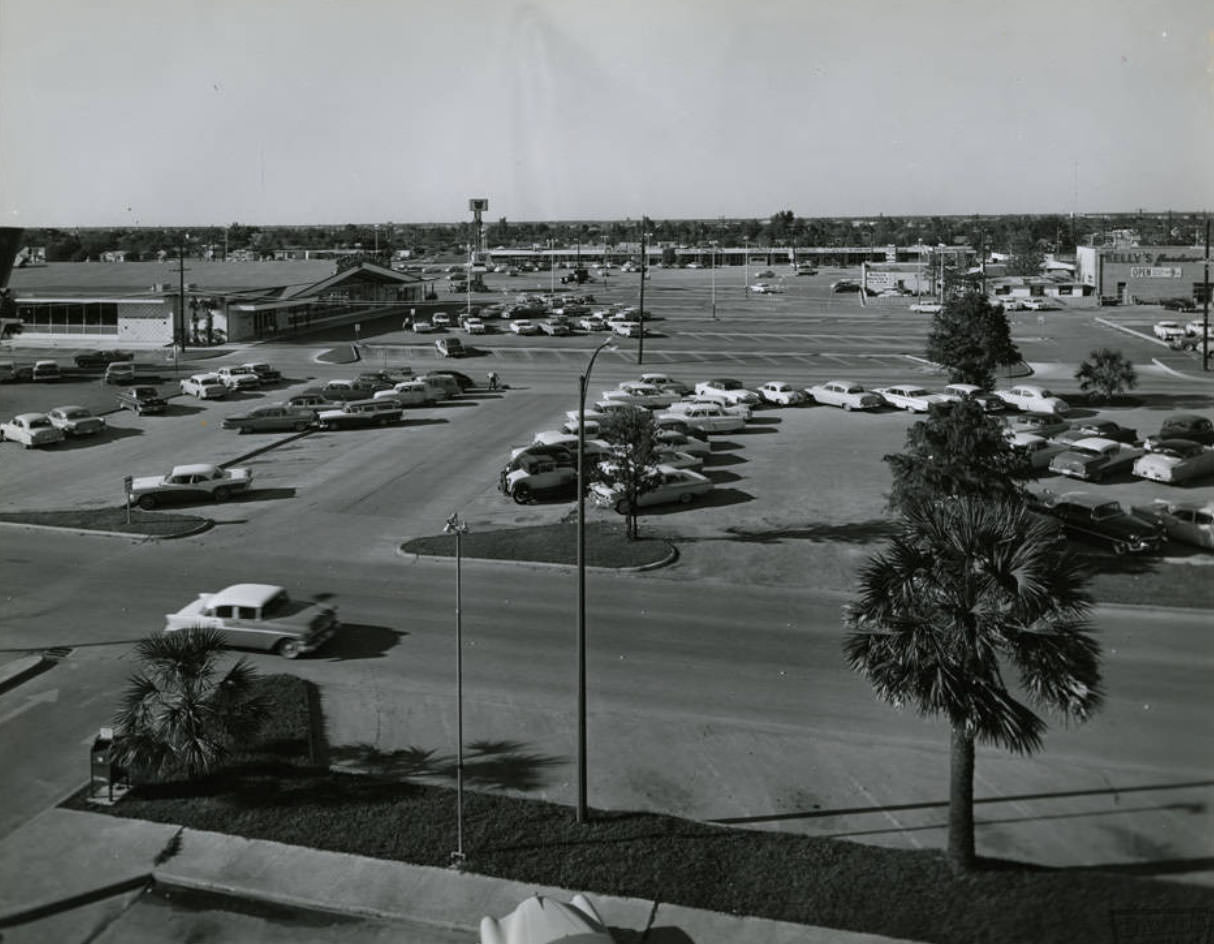

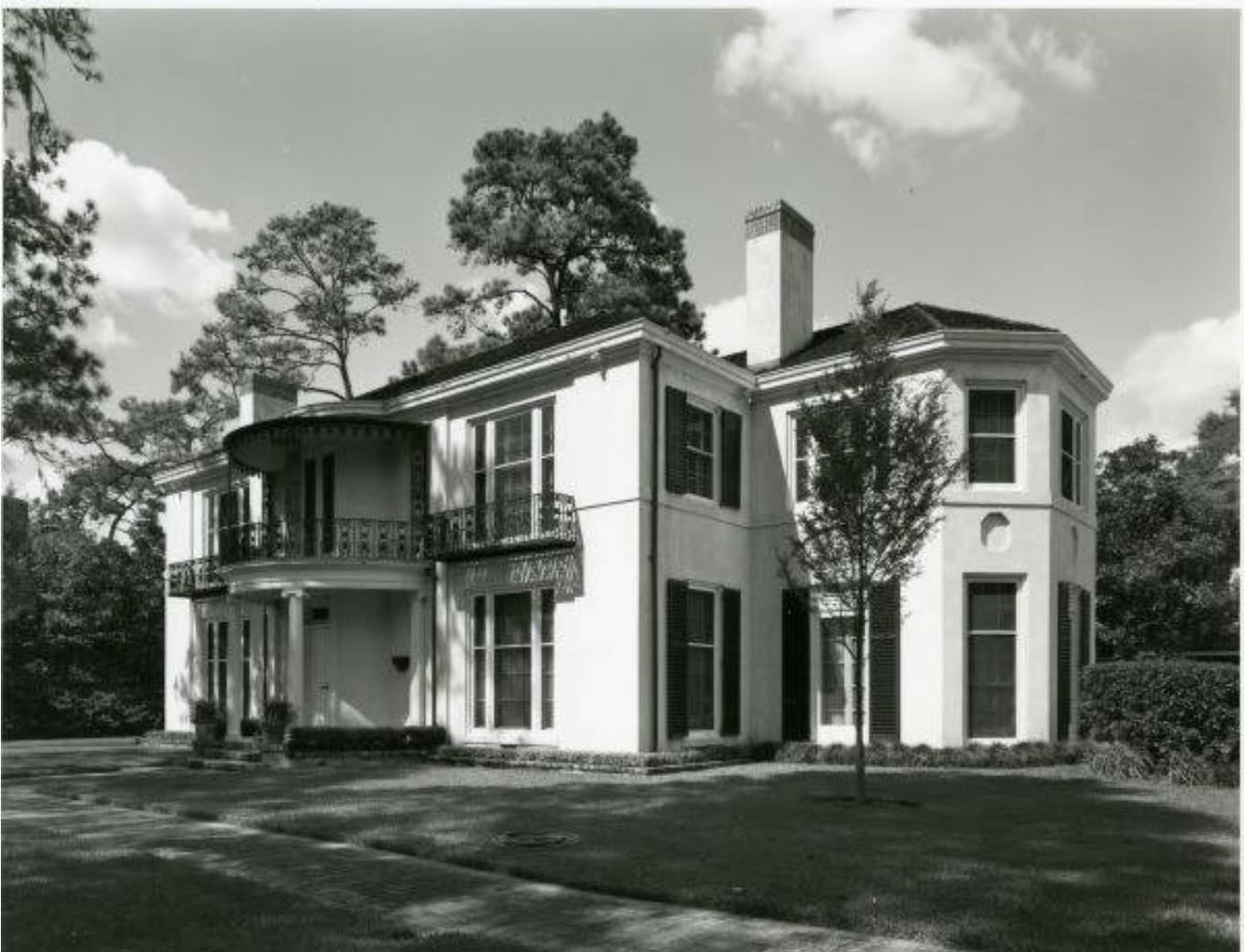













Wow compare those downtown photos with what the city looked like in the 70s. We basically tore down every historical building a put in parking lots.